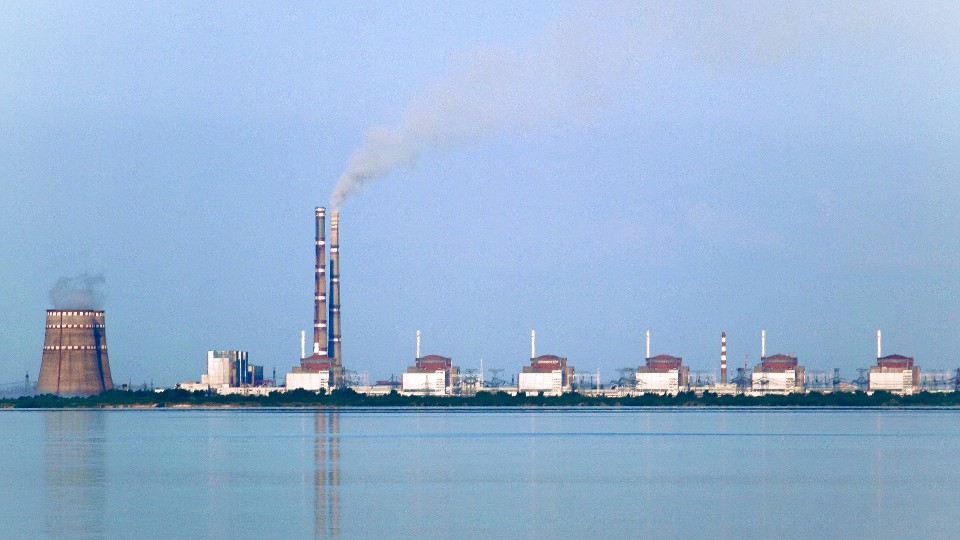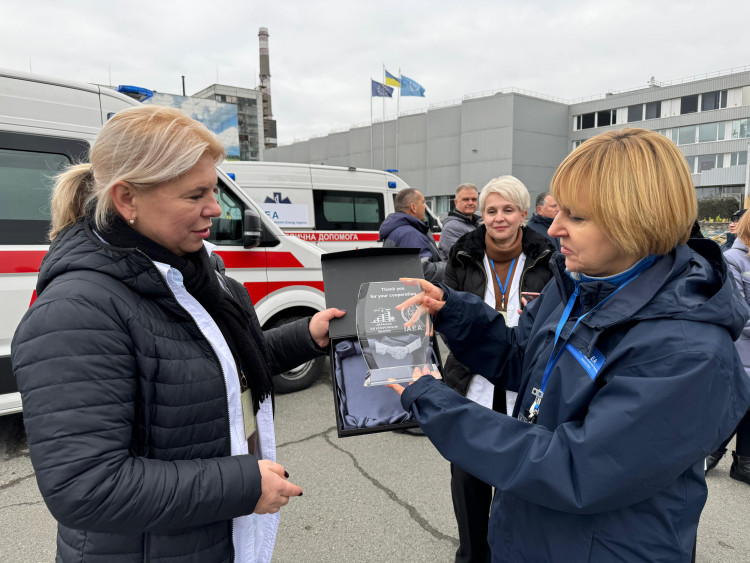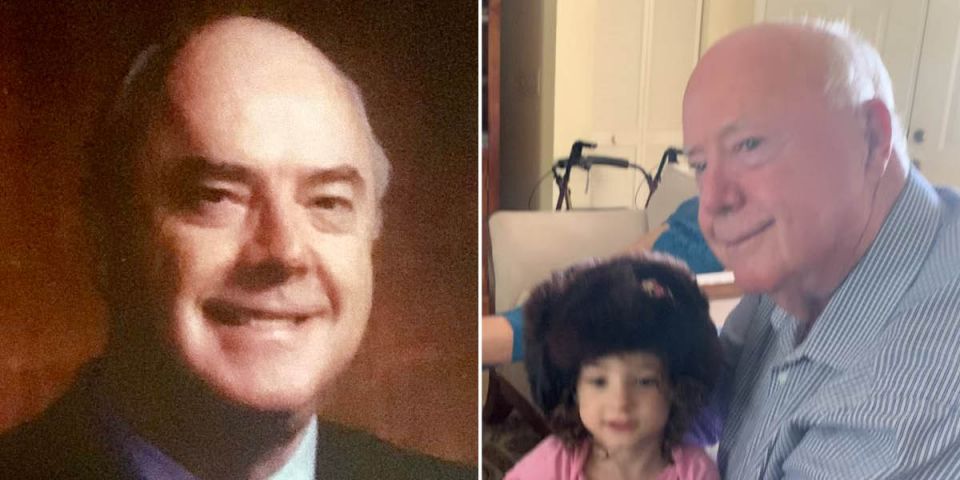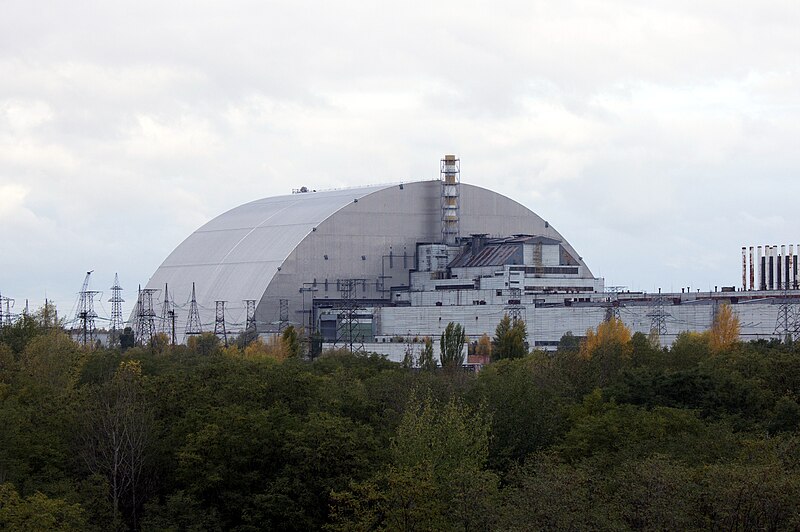The book, "Nuclear Silk Road," is an effective historical narrative on South Korea's nuclear power program that combines official reports, pertinent interviews, and personal recollections with a focus on the country's technology transfer program with Combustion Engineering (now a part of Westinghouse).
The author, Dr. B. K. Kim, a former project manager for the Yonggwang-3 and -4 system design, invokes the metaphor of the Silk Road, which brought commerce across Asia, the Middle East, and Europe, as the majority of nuclear new build is geographically situated along this same historic pathway.

Kim
Kim's book is divided in two parts. Part 1 describes the political challenges in establishing the policies and organizations required to construct and operate nuclear energy facilities. This description includes the decisions of South Korea's first presidents and the country's key nuclear pioneers. Nuclear industry veterans will enjoy Kim's depiction of a semi-surreptitious nightshift measurement of new fuel assemblies at Wolsong in 1981 (often, the interesting events occur on nightshift).
Part 2 chronicles how these organizations evolved from being a receiver and operator of foreign turnkey reactor projects to that of a national industry that could independently design, construct, and operate nuclear power plants. The country's domestic industry then went global with the recent sale of four nuclear plants to the UAE (Braka Units 1 through 4) and the sale of a research reactor to Jordan. Kim details how South Korea was able to capitalize on the Chernobyl accident to negotiate a comprehensive technology transfer arrangement for the Yonggwang-3 and -4 plants. He discusses many of the primary Korean nuclear experts involved, and even provided interesting anecdotes such as how the first group of Koreans sent to Combustion Engineering in Windsor, Conn., were given one-way plane tickets.
A major strength of this book is that it is written as a basic narrative rather than an academic treatise or policy exposition. It is readable and easy to follow. My own experience on the Yonggwang-3 and -4 project matched Kim's contention that the successes of the South Korean nuclear power program were the result less of genius than of simple "elbow grease." Several places in the book describe the long hours worked and the dedication of the engineers, policymakers, operators, and craftsmen who navigated through the crucial points where the South Korean nuclear program might have foundered. The nuclear industry is well-known for its continual thirst for operating experience (OE) on events that have challenged equipment and personnel resulting in unexpected issues.
Kim's book also provides important OE. In this case, it is the experience of how dedication, hard work, and ability to see otherwise hidden opportunity can be leveraged to develop a successful nuclear power program. These lessons continue to be valuable as the nuclear profession charts a way forward across the globe in this new century.
_____________
 Robert Margolis, PE is a nuclear engineer with more than 24 years of experience as a reactor engineer, startup test engineer, project engineer, and safety analyst. Margolis supported the Yonggwang-3 and -4 startup from 1993 through 1996.
Robert Margolis, PE is a nuclear engineer with more than 24 years of experience as a reactor engineer, startup test engineer, project engineer, and safety analyst. Margolis supported the Yonggwang-3 and -4 startup from 1993 through 1996.
 As part of the team that supported the startup of Yonggwang-3 and -4 (South Korea's first nuclear units, built in a technology transfer program with Combustion Engineering), I thought it long overdue to see a book that chronicled South Korea's journey from an impoverished nation to one of the world's leading players in the nuclear industry (e.g., South Korea has 21 operating reactors versus Germany's 17).
As part of the team that supported the startup of Yonggwang-3 and -4 (South Korea's first nuclear units, built in a technology transfer program with Combustion Engineering), I thought it long overdue to see a book that chronicled South Korea's journey from an impoverished nation to one of the world's leading players in the nuclear industry (e.g., South Korea has 21 operating reactors versus Germany's 17).










